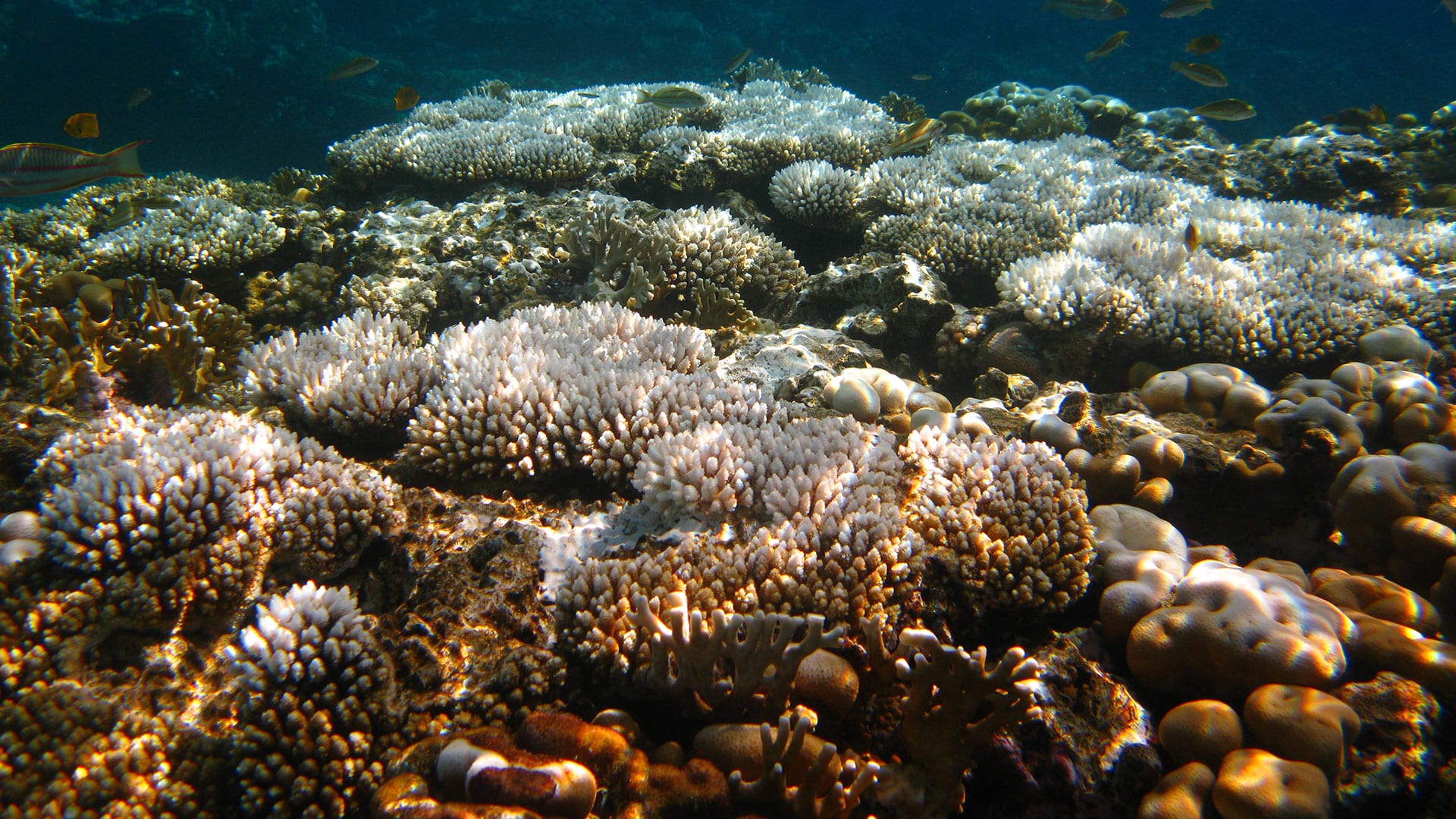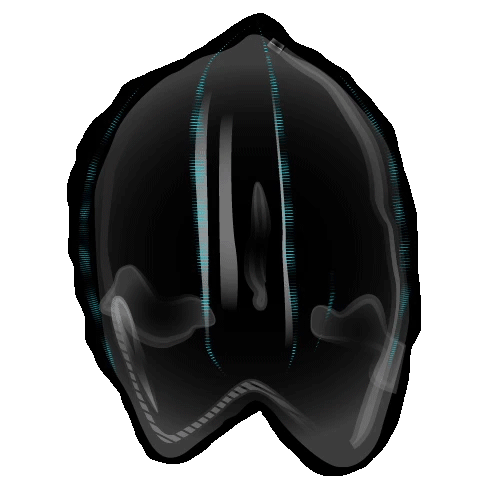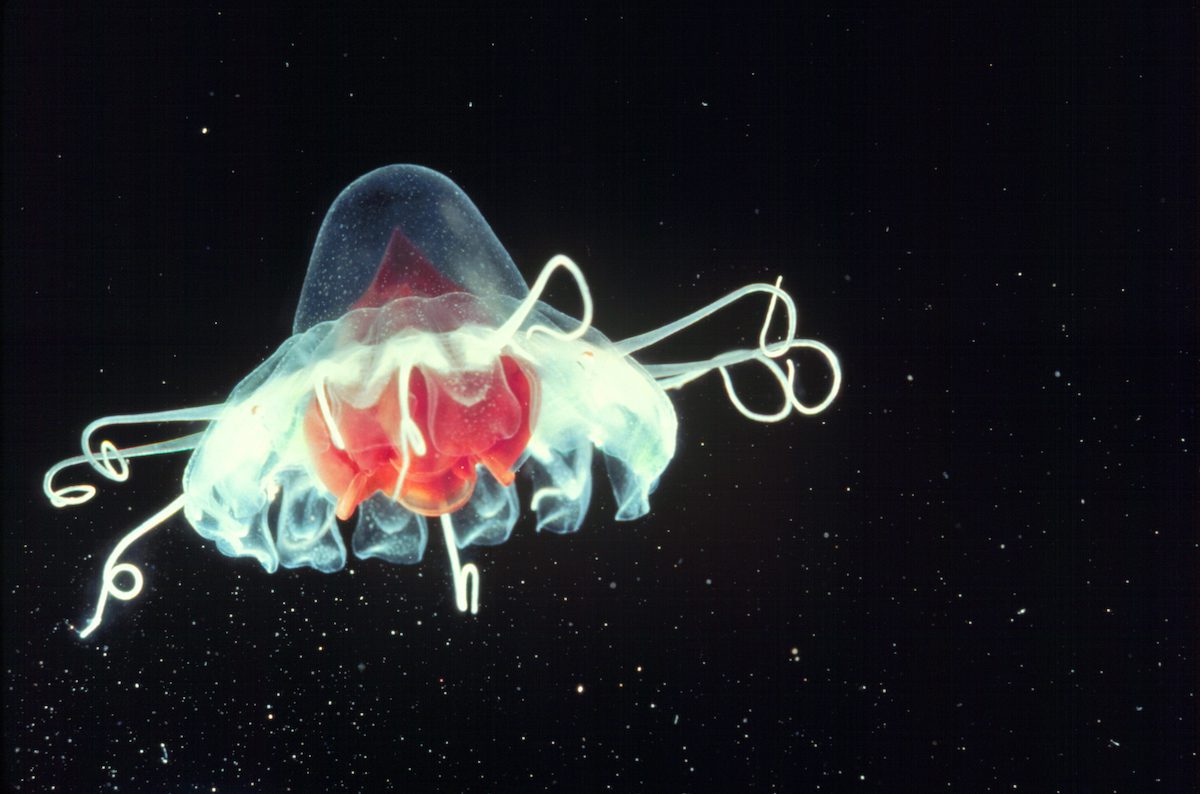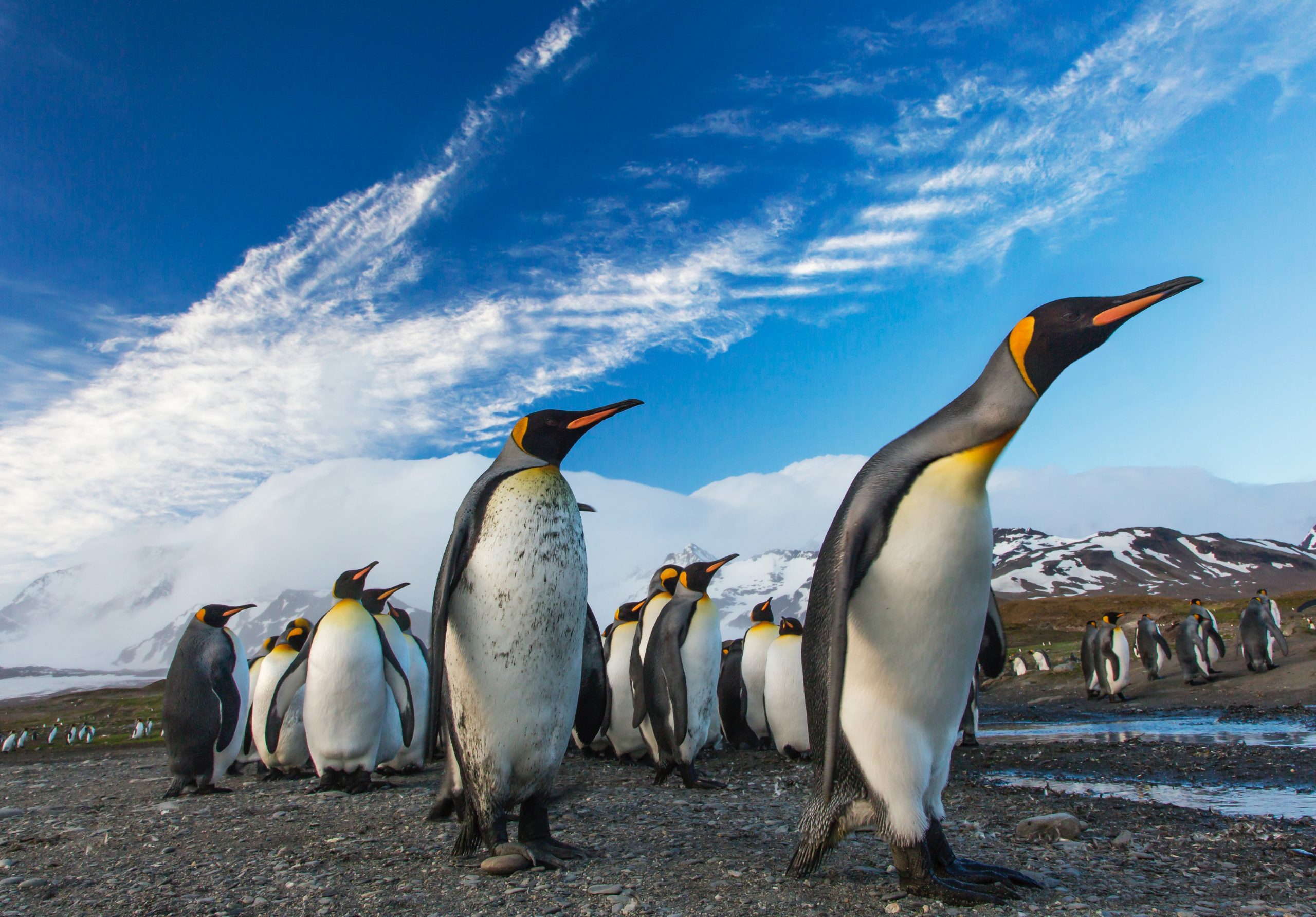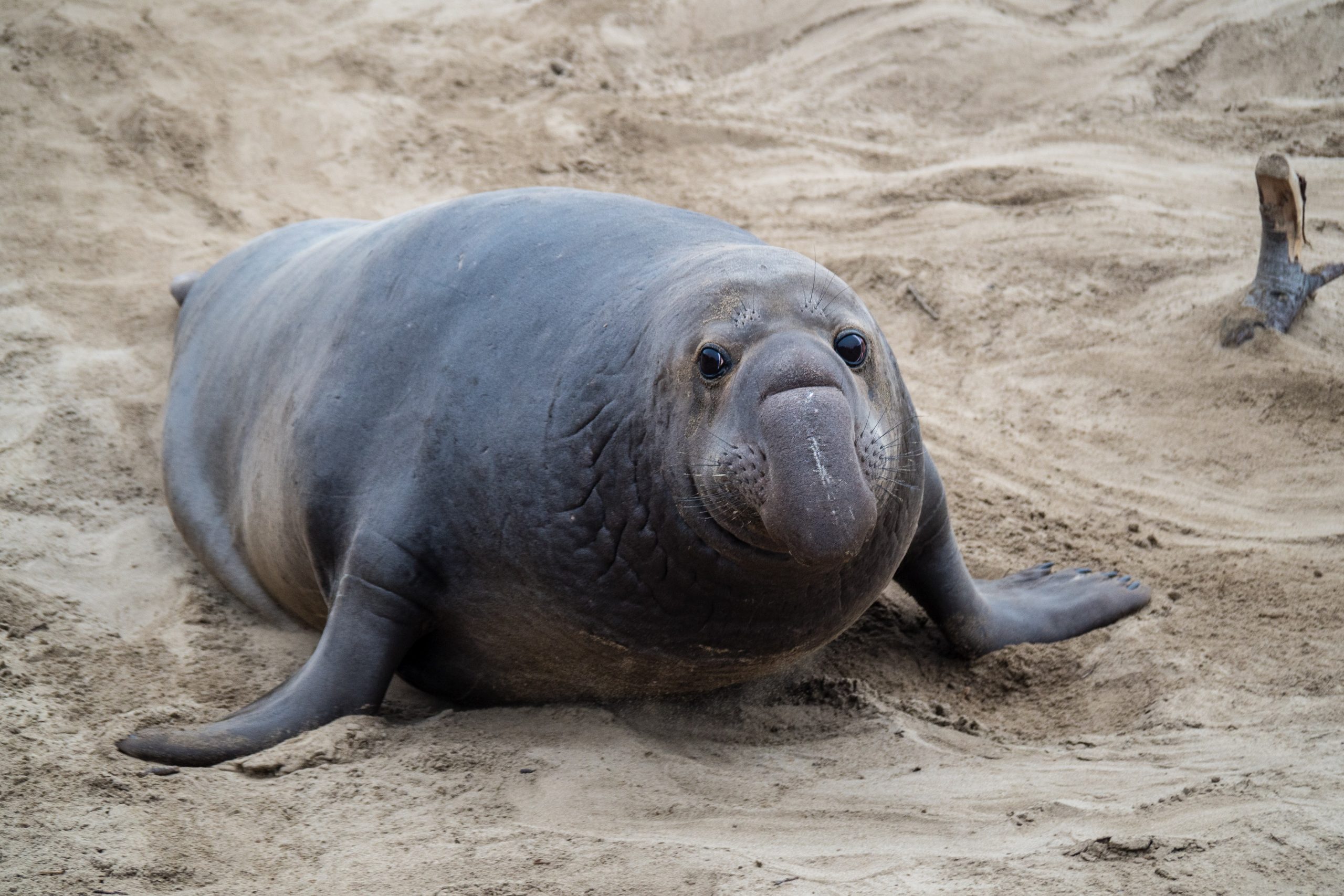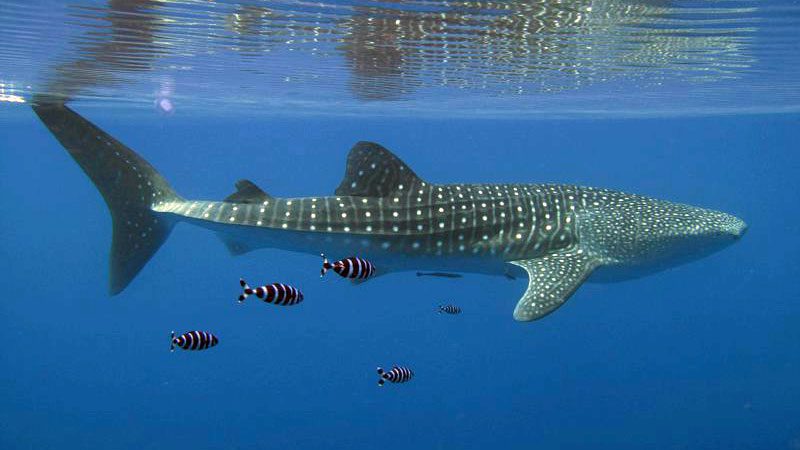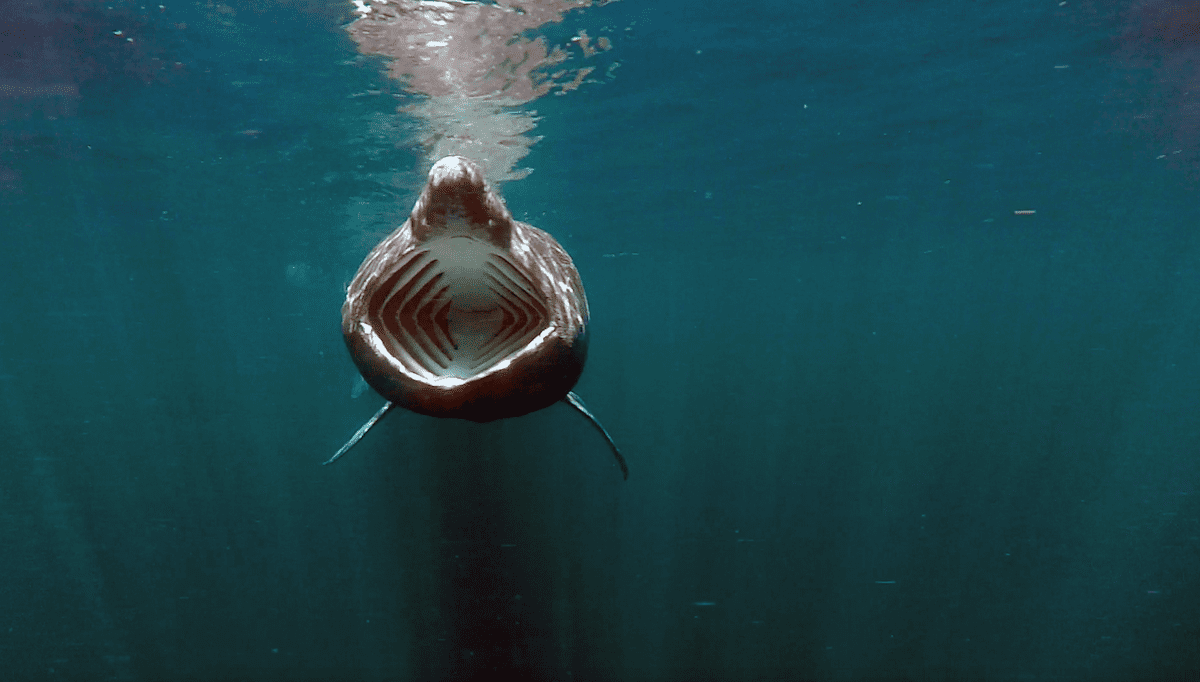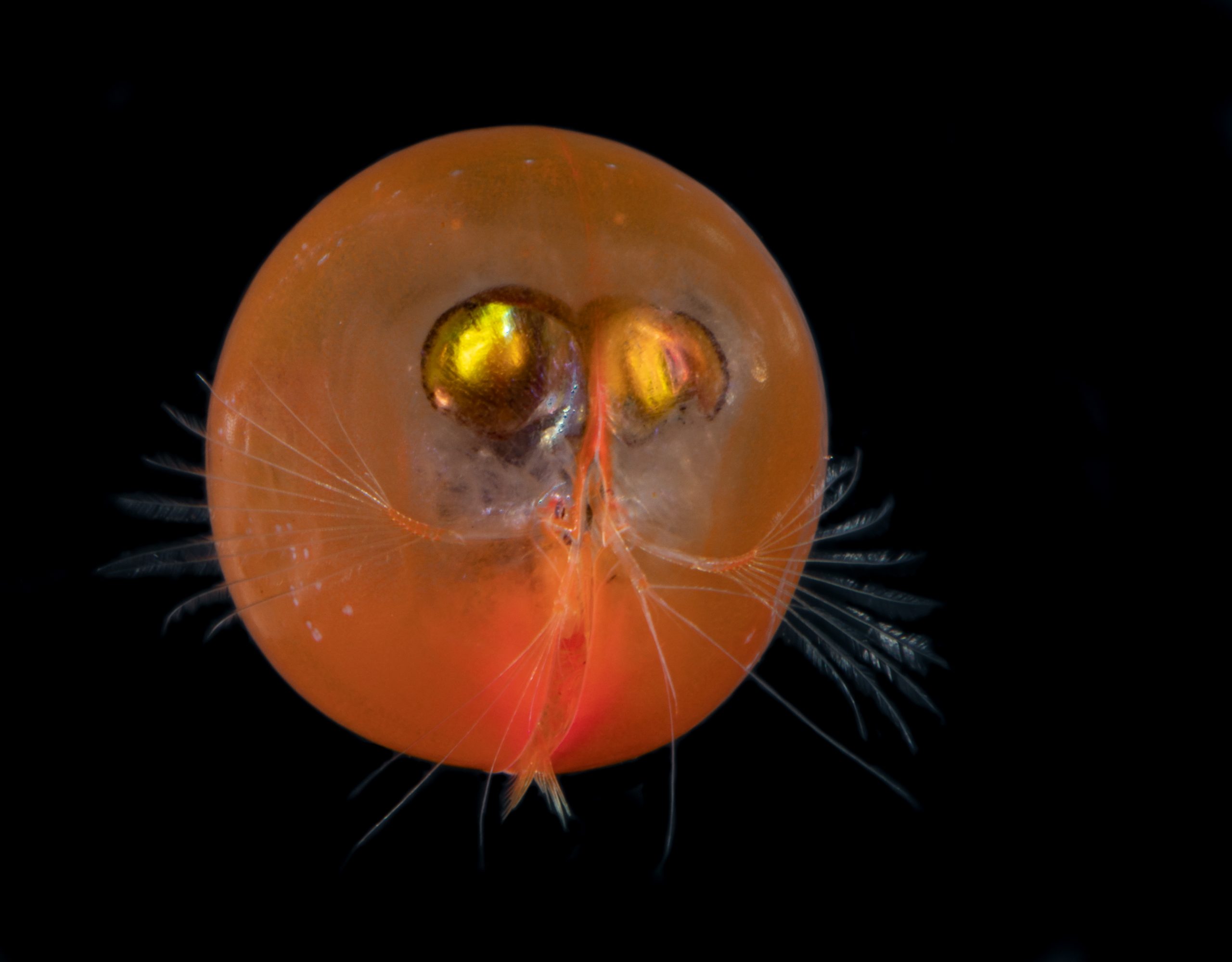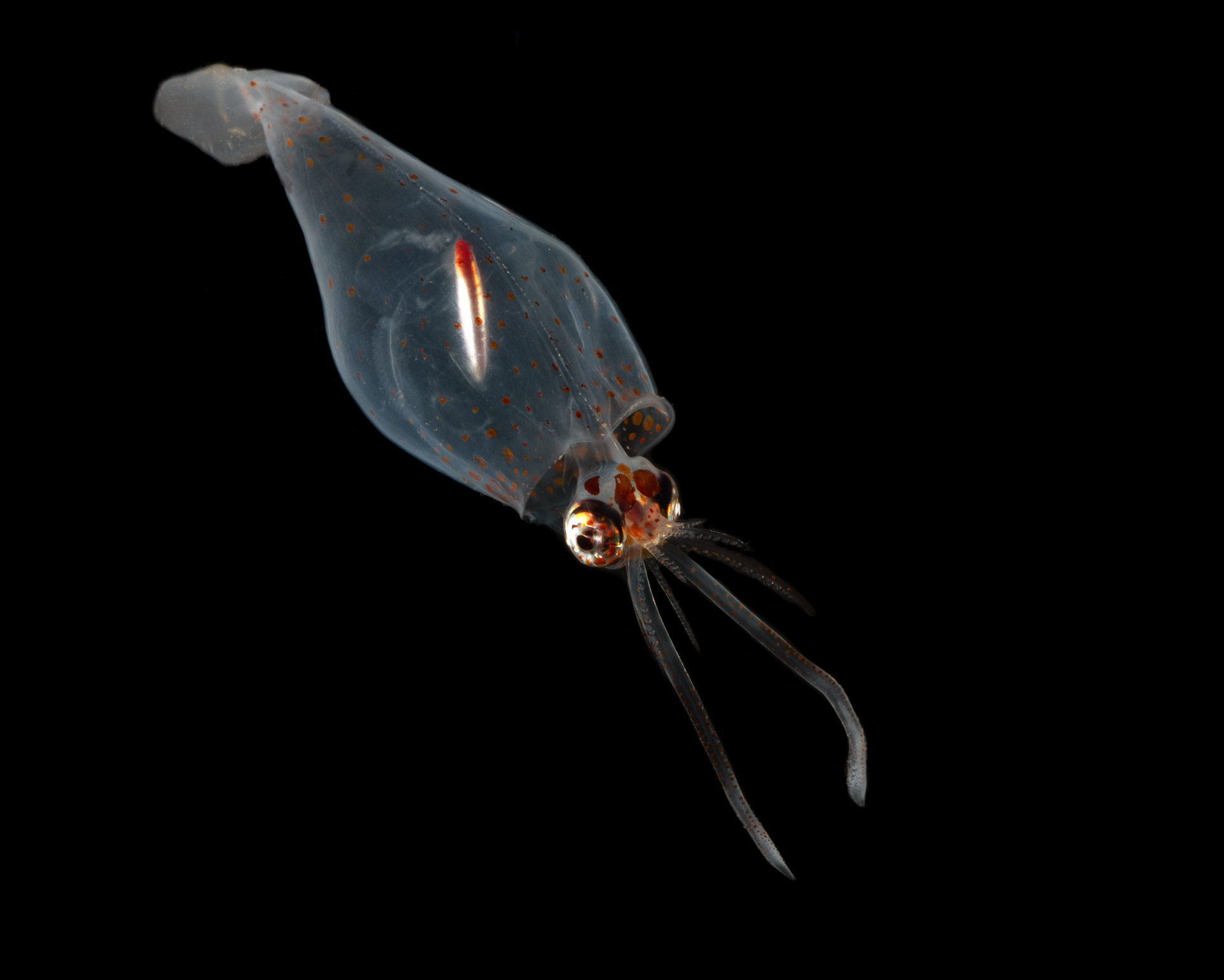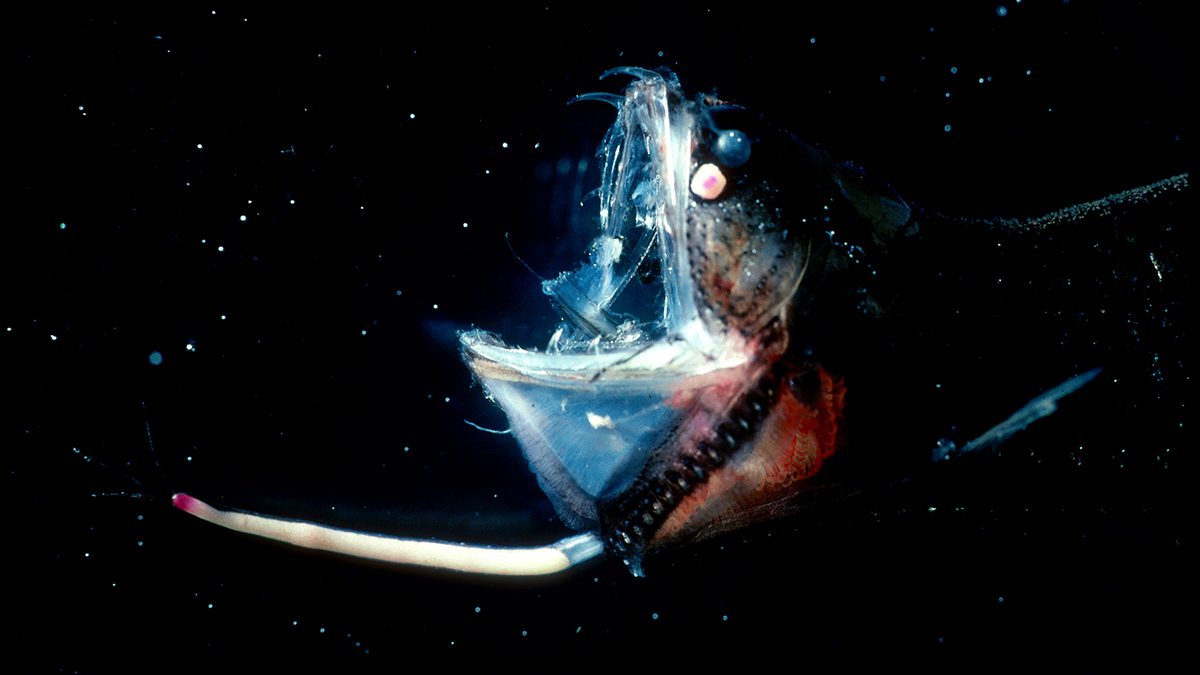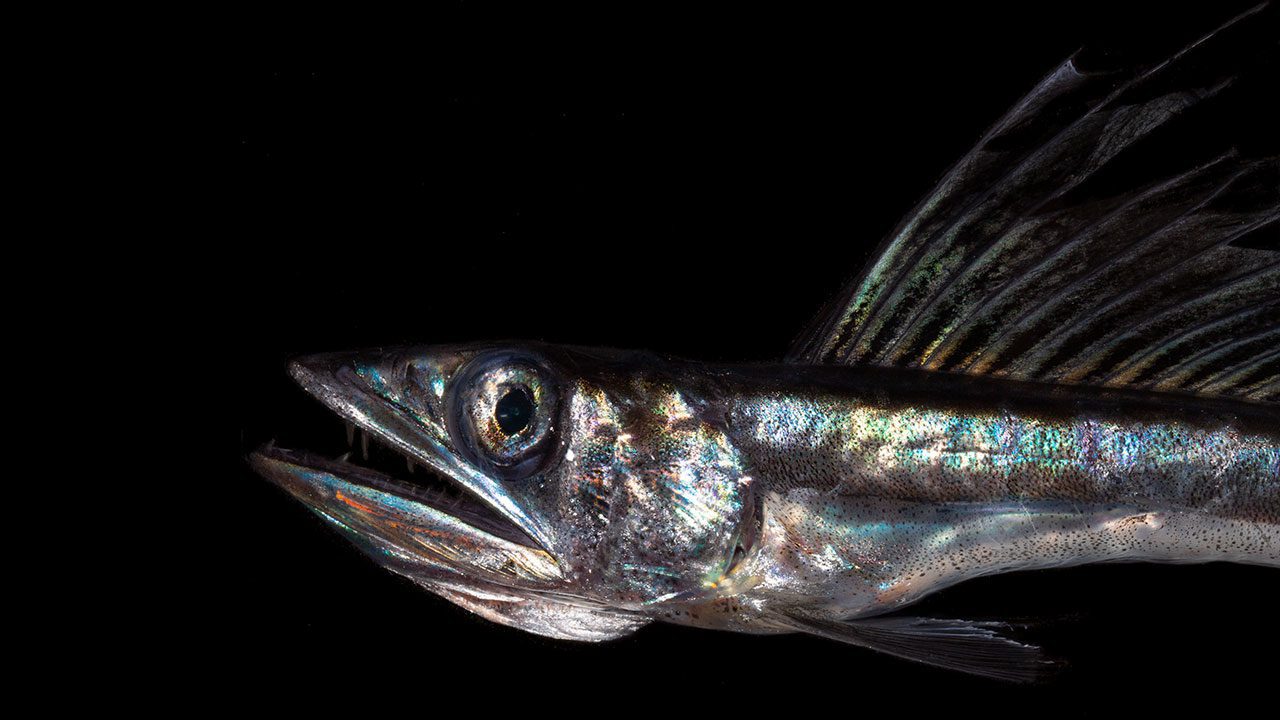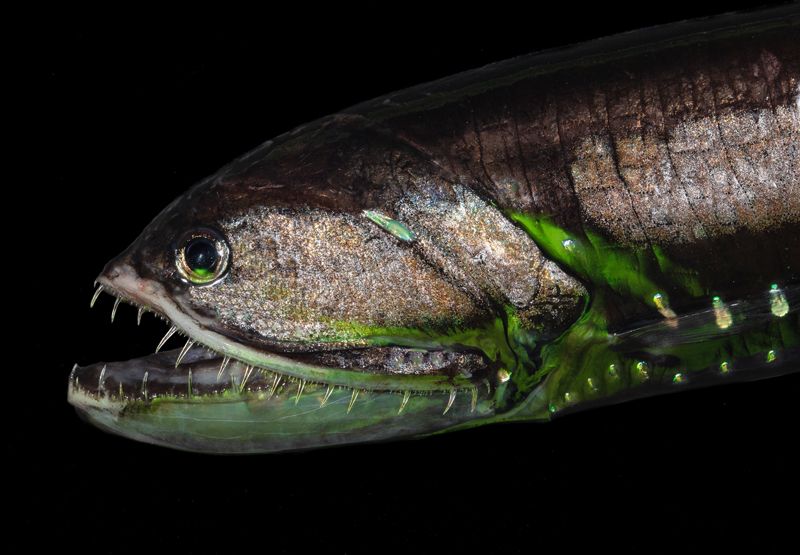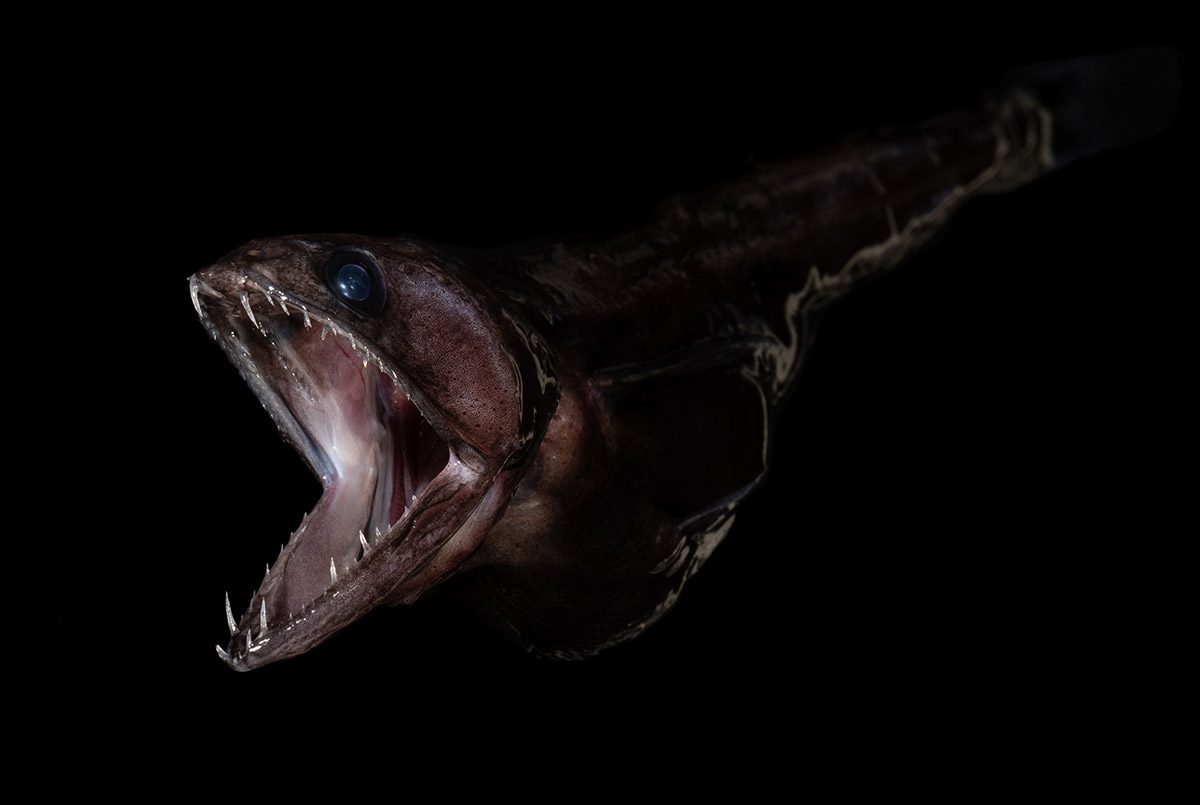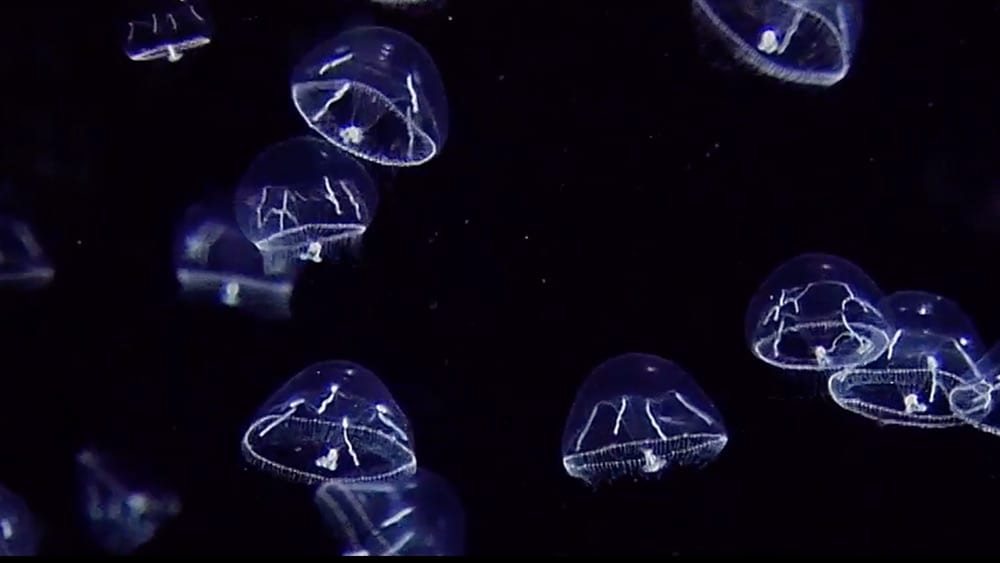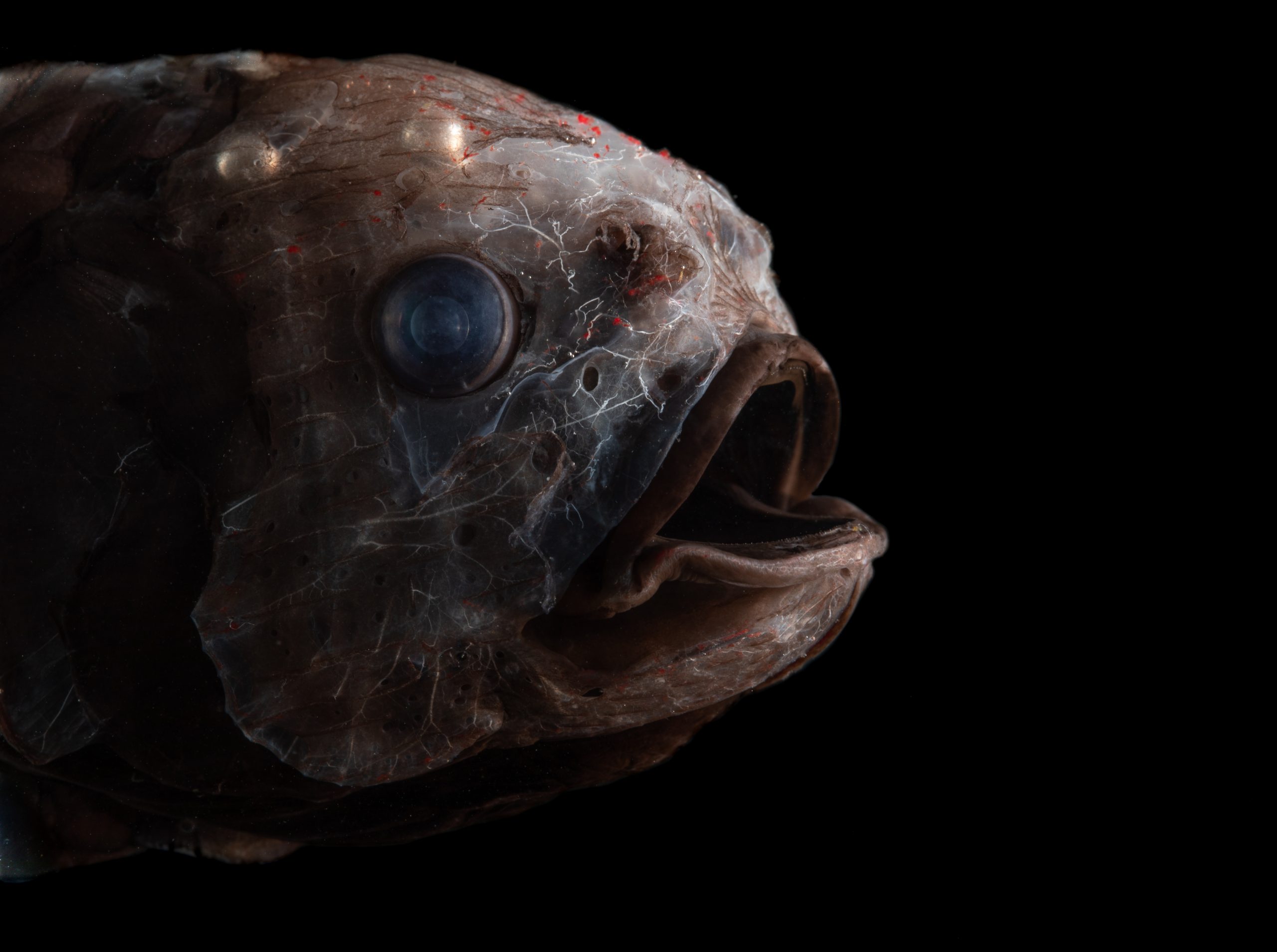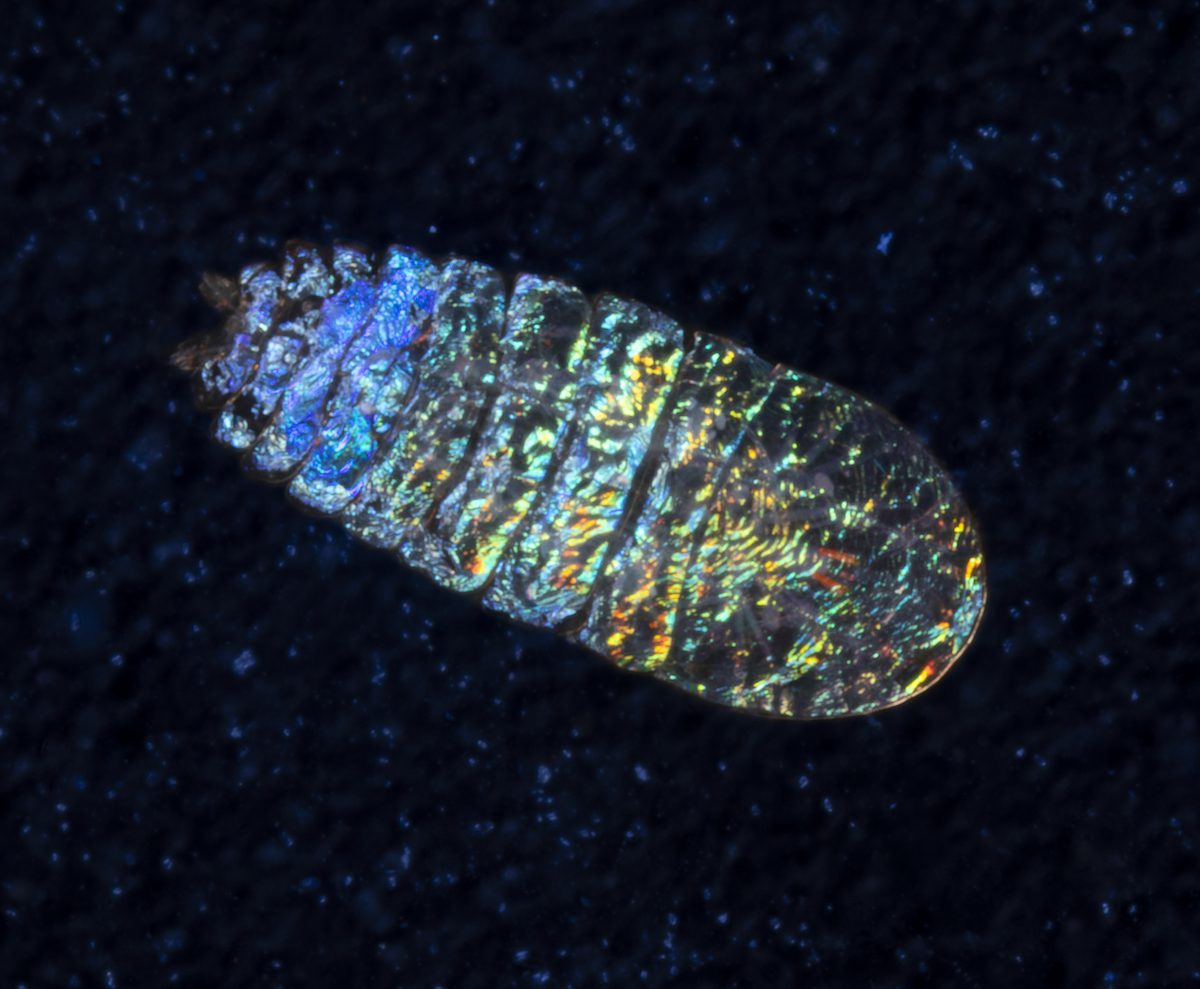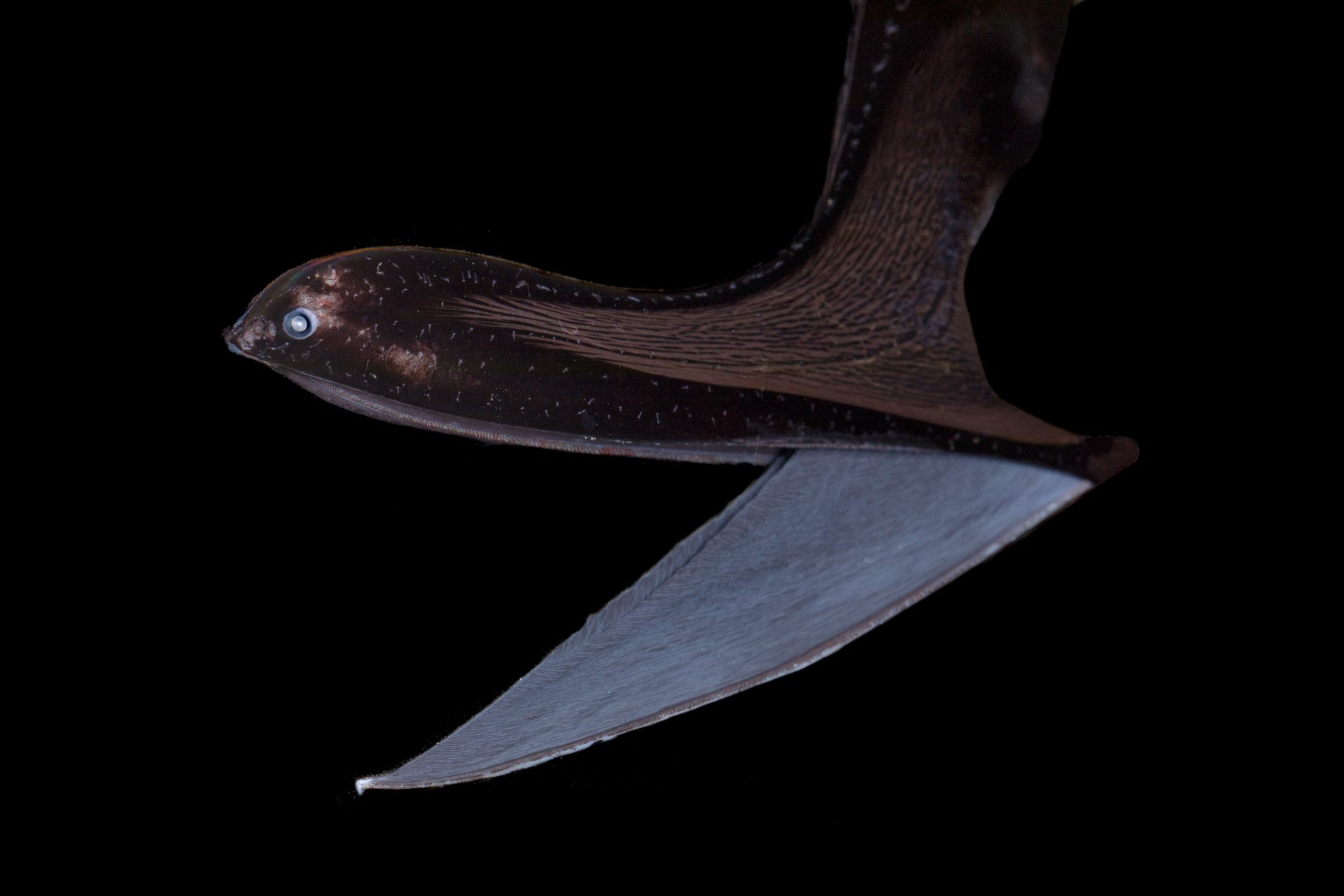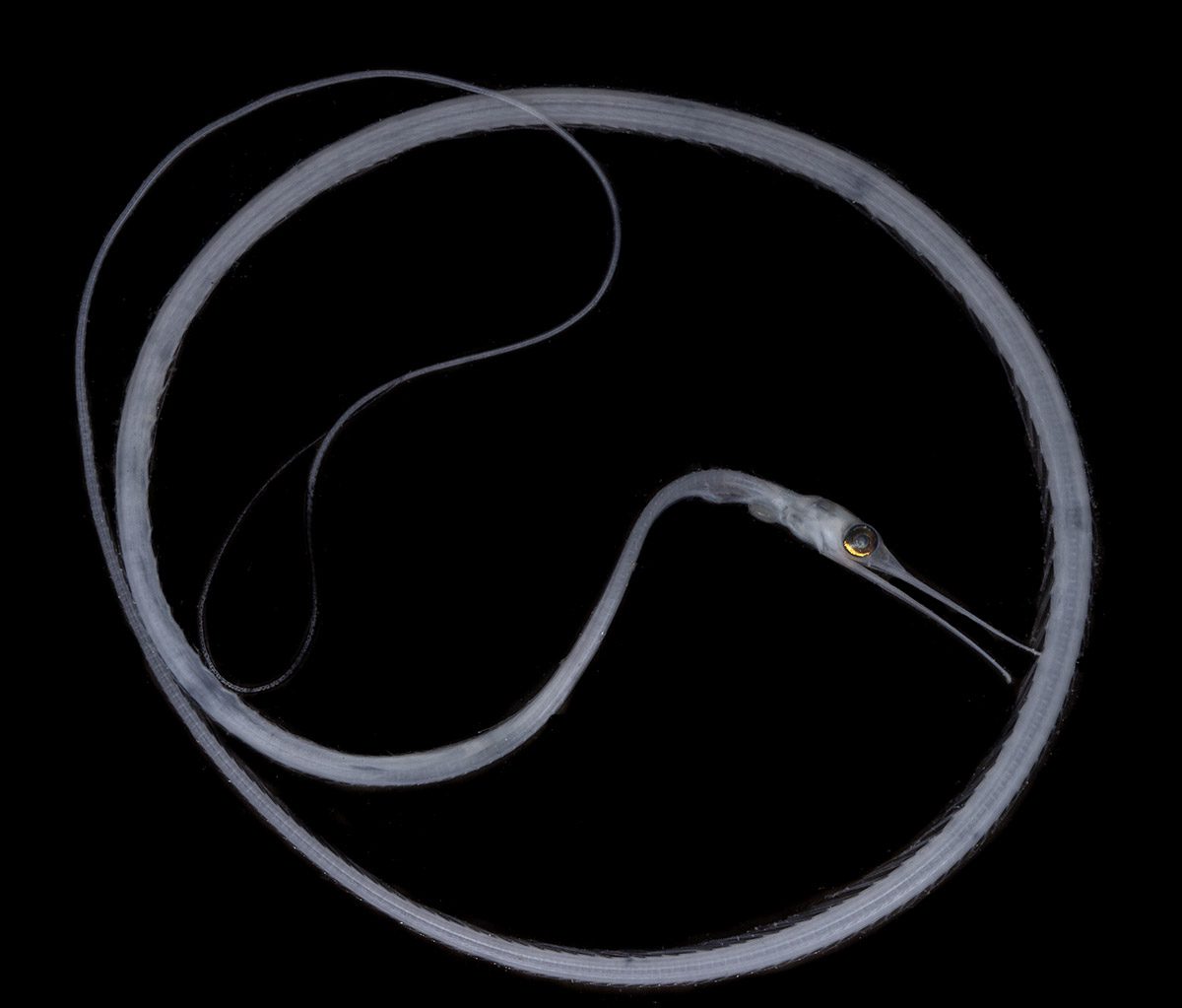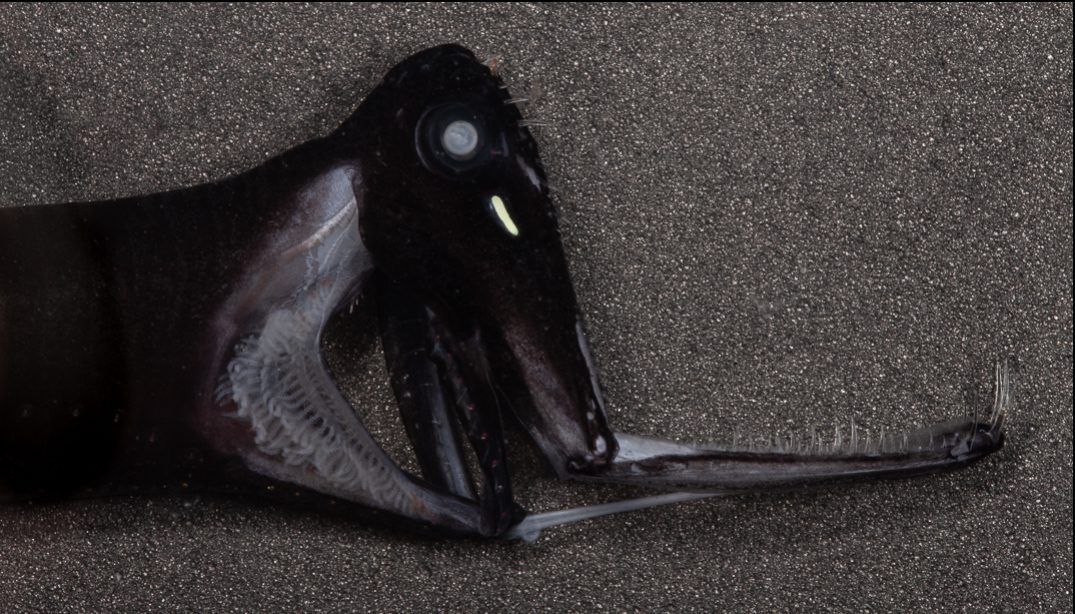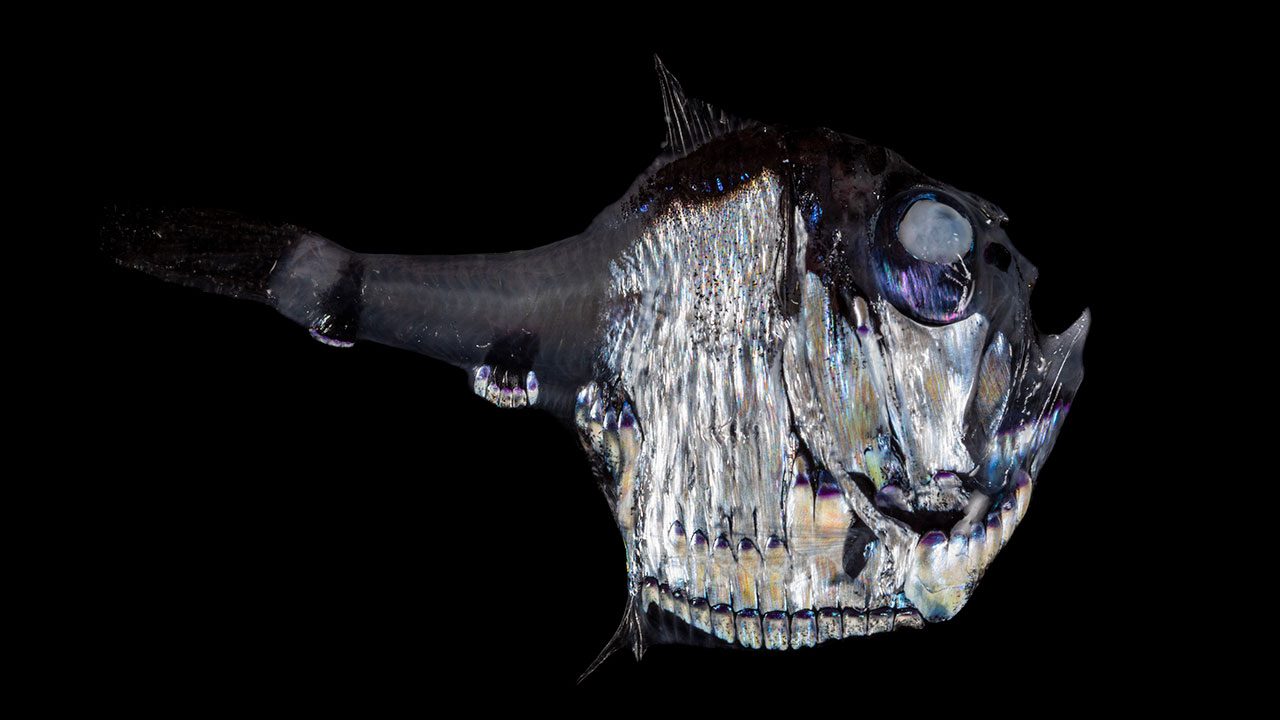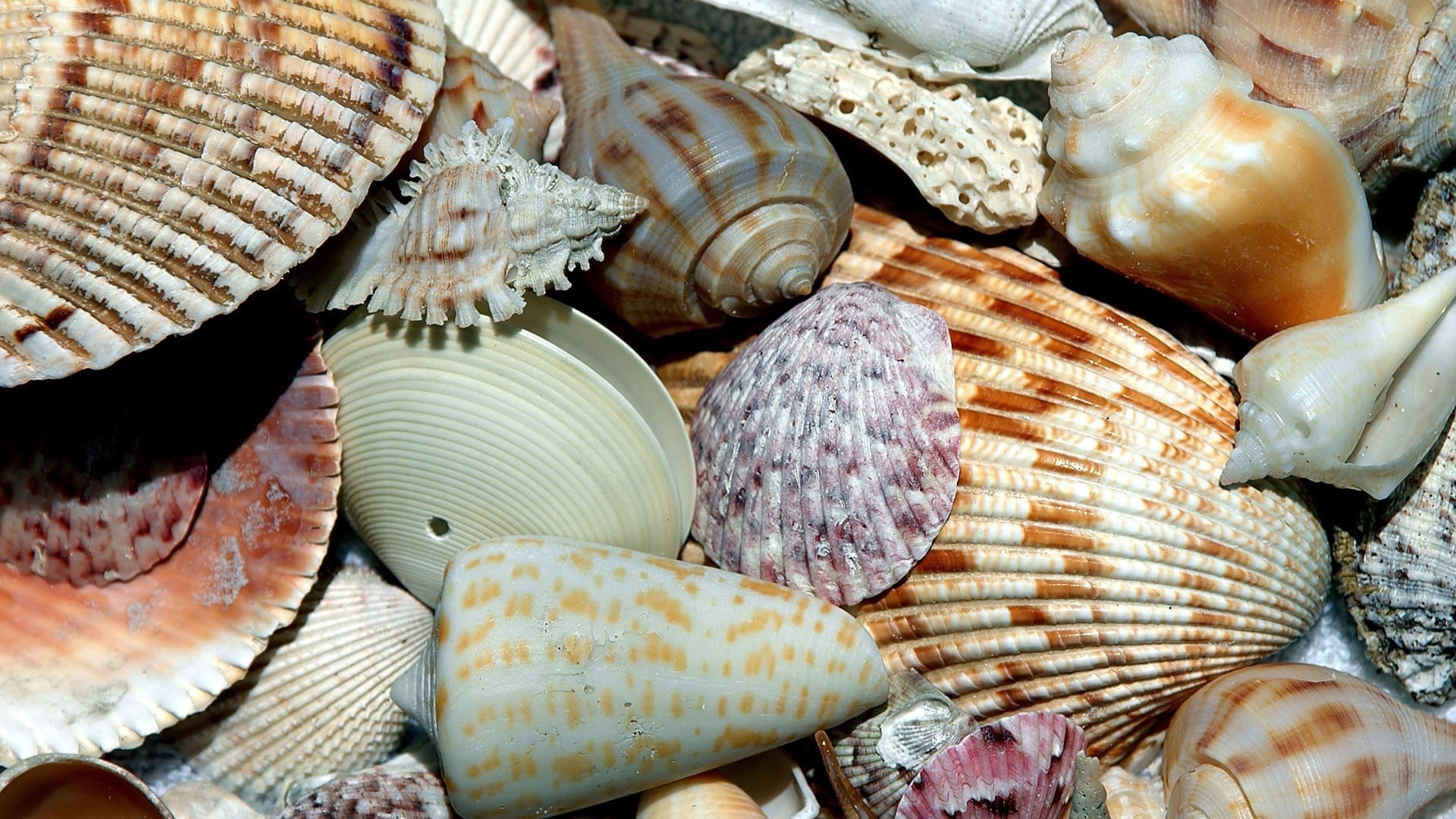Uncategorized
Welcome Postdoctoral Fellow Alma Carolina Castillo-Trujillo
Alma Carolina Castillo-Trujillo, Postdoctoral Fellow, joins WHOI’s PO Department.
Read MoreWhy do corals bleach?
Corals have a symbiotic relationship with algae. The algae gives corals their color and provides them with food. In return, corals provide the algae with a place to live.
Read MoreSpotlight on Administrative Associate Andrea Harvey
This month, we are spotlighting PO’s Andrea Harvey, who joined WHOI in 2016…
Read MoreCreature Feature: Ctenophores
Bioluminescent blue-green “combs jellies” light up coastal shores at night, as well as the depths of the twilight zone, where a number of species have yet to be formally described.
Read MoreCreature Feature: Helmet Jellyfish
Due to their photo-sensitive red pigment, helmet jellies avoid sunlight like the plague, preferring the frigid depths of the twilight zone to the sun’s damaging rays.
Read MoreCreature Feature: Penguins
We might chuckle at the sight of penguins waddling over ice and belly-flopping into iceberg-studded waters, but these flightless birds would put Olympic swimmers to shame.
Read MoreCreature Feature: Elephant Seal
These enormous, blubbery marine mammals awkwardly belly-flop around on land, but are elegantly adapted for life in the twilight zone—where they spend 90% of their at-sea time.
Read MoreCreature Feature: Whale shark
Being the largest fish in the ocean (and the largest non-mammal vertebrate in the world) is just one of the surprising things about the whale shark.
Read MoreCreature Feature: Basking Shark
If the twilight zone had a yearbook, the basking shark would definitely be named “Most Chill.”
Read MoreCreature Feature: Giant Ostracod
Although their name makes them sound huge, the largest species of giant ostracod only measures about an inch long. Size is relative, however: that’s more than 30 times the size of average ostracods.
Read MoreCreature Feature: Glass squid
Glass squid spend their lives going with the flow. Literally. Filled with ammonium chloride, a solution that’s lighter than seawater, they float effortlessly through the ocean in search of mates and food.
Read MoreCreature Feature: Dragonfish
Dragonfish aren’t actually dragons, but with a slender, luminous barbel hanging from their chins and glowing blue-green lights covering their bodies, this species is downright otherworldly.
Read MoreCreature Feature: Lancetfish
Piercing the darkness of the twilight zone, the aptly-named lancetfish stops at nothing in pursuit of its target. Measuring up to two meters (6.6 feet) in length, lancetfish are some of the biggest creatures in the twilight zone.
Read MoreCreature Feature: Elongated Bristlemouth
With its needle-like fangs and long lower jaw, the elongated bristlemouth lives up to its name. Flexibility may be the key to this deep-sea fish’s success.
Read MoreCreature Feature: Black Swallower
In the ocean twilight zone, the ability to swallow more than you can chew is a matter of survival. But the black swallower takes the cake—or rather, the fish.
Read MoreHow does bioluminescence work?
Deep in the ocean there’s very little sunlight. But if you could swim down there, it would look a bit like the night sky. Why is this?
Read MoreCreature Feature: Bean’s bigscale
Very little is known about this bigscale or “ridgehead” fish.
Read MoreCreature Feature: Copepod
This tiny but ubiquitous zooplankton plays a superpowered role in the marine ecosystem, competing with Antarctic krill for the title of “most animal biomass on earth.”
Read MoreCreature Feature: Pelican Eel
While this deep-sea fish was first named after a pelican, as researchers learned more about its behavior, other names emerged. “Gulper eel” sums up the fish’s ability to expand its throat and stomach to accommodate prey.
Read MoreCreature Feature: Snipe Eel
Meet the slender snipe eel—a deep-sea minimalist with 750 vertebrae, jaws that never close, and an anus on its throat. In the twilight zone, weird wins.
Read MoreCreature Feature: Stoplight Loosejaw
With red and green “stoplights” around its eyes and a trap-like jaw, the stoplight loosejaw both earns its moniker and defies evolutionary expectations.
Read MoreCreature Feature: Hatchetfish
The hatchetfish was born ready. With pelvic bones tilted downwards and large eyes pointing upwards, this little fish is poised for whatever morsel—or threat—comes its way.
Read MoreCreature Feature: Pteropod
In the weird and wonderful menagerie of the twilight zone, the pteropod stands out for its delicate grace. Fluttering through the water column on translucent “wings,” the more abundant shelled variety (Thecosomata group) are known as “sea butterflies,” while the shell-less adult Gymnosomata are known as “sea angels.”
Read MoreHow are seashells made?
One of the most striking features of our beaches is seashells. Their whorls, curves, and shiny iridescent insides are the remains of animals. But where do they come from?
Read More

